Your cart is currently empty!
Category: Blog
Blog
-
Different Ways to Heal Yourself: A Comprehensive Guide
Different Ways to Heal Yourself: A Comprehensive Guide
Today, more than ever, we are aware of the importance of self-care and wellness. This article will delve into the different ways to heal yourself, both physically and emotionally. We will explore a variety of methods, from traditional medical treatments to alternative therapies and lifestyle changes.
Physical Healing
Physical healing is perhaps the most straightforward type of healing. It involves treating injuries or illnesses that affect the body. Here are several ways to promote physical healing.
1. Medical Treatment
When you\\’re physically injured or sick, the first step should always be to consult a healthcare professional. They can assess your condition and recommend the best course of action.
2. Physical Therapy
If you\\’re dealing with a chronic condition or recovering from an injury, physical therapy can be incredibly beneficial. It can help improve your mobility, reduce pain, and speed up your recovery process.
3. Nutrition
Eating a balanced diet is crucial for physical healing. Certain foods can boost your immune system and promote healing.
4. Adequate Rest
Rest is also vital for physical healing. It gives your body a chance to repair and recover, and can also boost your immune system.
\\”Sleep is the golden chain that ties health and our bodies together.\\” – Thomas Dekker
Emotional Healing
Emotional healing can be a more complex process. It involves addressing emotional pain and working through it to reach a state of emotional health and wellbeing. Here are some ways to facilitate emotional healing.
1. Therapy and Counseling
Working with a therapist or counselor can be very beneficial for emotional healing. They can provide you with tools and techniques to cope with emotional pain and help you understand and process your feelings.
2. Mindfulness and Meditation
Mindfulness and meditation can help you manage stress and anxiety, which can facilitate emotional healing. They can also help you stay present and focused, rather than getting lost in negative thoughts or worries about the future.
3. Self-Care
Self-care is an essential part of emotional healing. This can involve a variety of activities, from taking time for relaxation and hobbies, to ensuring you\\’re getting enough sleep and eating a healthy diet.
4. Social Support
Having a strong social network can also aid in emotional healing. This can mean leaning on friends and family for support, joining a support group, or seeking out community resources.
\\”Healing takes time, and asking for help is a courageous step.\\” – Mariska Hargitay
Alternative Healing Methods
In addition to traditional methods, there are also various alternative healing methods that many people find beneficial. These can include practices such as yoga, acupuncture, and herbal medicine, among others.
1. Yoga
Yoga is a practice that combines physical postures, breathing exercises, and meditation. It can help promote both physical and emotional healing by reducing stress, improving flexibility and strength, and promoting a sense of peace and wellbeing.
2. Acupuncture
Acupuncture is a traditional Chinese medicine practice that involves inserting thin needles into specific points on the body. It can help promote healing by balancing the body\\’s energy, or \\”qi\\”, and can be used to treat a variety of conditions.
3. Herbal Medicine
Herbal medicine involves using plants and herbs to promote healing. This can include everything from drinking herbal teas to using essential oils. Many herbs have healing properties and can be used to treat a variety of conditions.
In conclusion, there are many different ways to heal yourself, both physically and emotionally. It\\’s important to remember that healing is a process, and it\\’s okay to ask for help and take the time you need to heal. Whether you choose traditional medical treatments, alternative therapies, or a combination of both, the most important thing is to find what works best for you.
Resources
For more information on the different ways to heal yourself, you can check out the following resources:
-
Different Ways to Heal Yourself: A Comprehensive Guide
Different Ways to Heal Yourself: A Comprehensive Guide
Today, more than ever, we are aware of the importance of self-care and wellness. This article will delve into the different ways to heal yourself, both physically and emotionally. We will explore a variety of methods, from traditional medical treatments to alternative therapies and lifestyle changes.
Physical Healing
Physical healing is perhaps the most straightforward type of healing. It involves treating injuries or illnesses that affect the body. Here are several ways to promote physical healing.
1. Medical Treatment
When you\\’re physically injured or sick, the first step should always be to consult a healthcare professional. They can assess your condition and recommend the best course of action.
2. Physical Therapy
If you\\’re dealing with a chronic condition or recovering from an injury, physical therapy can be incredibly beneficial. It can help improve your mobility, reduce pain, and speed up your recovery process.
3. Nutrition
Eating a balanced diet is crucial for physical healing. Certain foods can boost your immune system and promote healing.
4. Adequate Rest
Rest is also vital for physical healing. It gives your body a chance to repair and recover, and can also boost your immune system.
\\”Sleep is the golden chain that ties health and our bodies together.\\” – Thomas Dekker
Emotional Healing
Emotional healing can be a more complex process. It involves addressing emotional pain and working through it to reach a state of emotional health and wellbeing. Here are some ways to facilitate emotional healing.
1. Therapy and Counseling
Working with a therapist or counselor can be very beneficial for emotional healing. They can provide you with tools and techniques to cope with emotional pain and help you understand and process your feelings.
2. Mindfulness and Meditation
Mindfulness and meditation can help you manage stress and anxiety, which can facilitate emotional healing. They can also help you stay present and focused, rather than getting lost in negative thoughts or worries about the future.
3. Self-Care
Self-care is an essential part of emotional healing. This can involve a variety of activities, from taking time for relaxation and hobbies, to ensuring you\\’re getting enough sleep and eating a healthy diet.
4. Social Support
Having a strong social network can also aid in emotional healing. This can mean leaning on friends and family for support, joining a support group, or seeking out community resources.
\\”Healing takes time, and asking for help is a courageous step.\\” – Mariska Hargitay
Alternative Healing Methods
In addition to traditional methods, there are also various alternative healing methods that many people find beneficial. These can include practices such as yoga, acupuncture, and herbal medicine, among others.
1. Yoga
Yoga is a practice that combines physical postures, breathing exercises, and meditation. It can help promote both physical and emotional healing by reducing stress, improving flexibility and strength, and promoting a sense of peace and wellbeing.
2. Acupuncture
Acupuncture is a traditional Chinese medicine practice that involves inserting thin needles into specific points on the body. It can help promote healing by balancing the body\\’s energy, or \\”qi\\”, and can be used to treat a variety of conditions.
3. Herbal Medicine
Herbal medicine involves using plants and herbs to promote healing. This can include everything from drinking herbal teas to using essential oils. Many herbs have healing properties and can be used to treat a variety of conditions.
In conclusion, there are many different ways to heal yourself, both physically and emotionally. It\\’s important to remember that healing is a process, and it\\’s okay to ask for help and take the time you need to heal. Whether you choose traditional medical treatments, alternative therapies, or a combination of both, the most important thing is to find what works best for you.
Resources
For more information on the different ways to heal yourself, you can check out the following resources:
-
Different Ways to Heal Yourself: A Comprehensive Guide
Different Ways to Heal Yourself: A Comprehensive Guide
Today, more than ever, we are aware of the importance of self-care and wellness. This article will delve into the different ways to heal yourself, both physically and emotionally. We will explore a variety of methods, from traditional medical treatments to alternative therapies and lifestyle changes.
Physical Healing
Physical healing is perhaps the most straightforward type of healing. It involves treating injuries or illnesses that affect the body. Here are several ways to promote physical healing.
1. Medical Treatment
When you\\’re physically injured or sick, the first step should always be to consult a healthcare professional. They can assess your condition and recommend the best course of action.
2. Physical Therapy
If you\\’re dealing with a chronic condition or recovering from an injury, physical therapy can be incredibly beneficial. It can help improve your mobility, reduce pain, and speed up your recovery process.
3. Nutrition
Eating a balanced diet is crucial for physical healing. Certain foods can boost your immune system and promote healing.
4. Adequate Rest
Rest is also vital for physical healing. It gives your body a chance to repair and recover, and can also boost your immune system.
\\”Sleep is the golden chain that ties health and our bodies together.\\” – Thomas Dekker
Emotional Healing
Emotional healing can be a more complex process. It involves addressing emotional pain and working through it to reach a state of emotional health and wellbeing. Here are some ways to facilitate emotional healing.
1. Therapy and Counseling
Working with a therapist or counselor can be very beneficial for emotional healing. They can provide you with tools and techniques to cope with emotional pain and help you understand and process your feelings.
2. Mindfulness and Meditation
Mindfulness and meditation can help you manage stress and anxiety, which can facilitate emotional healing. They can also help you stay present and focused, rather than getting lost in negative thoughts or worries about the future.
3. Self-Care
Self-care is an essential part of emotional healing. This can involve a variety of activities, from taking time for relaxation and hobbies, to ensuring you\\’re getting enough sleep and eating a healthy diet.
4. Social Support
Having a strong social network can also aid in emotional healing. This can mean leaning on friends and family for support, joining a support group, or seeking out community resources.
\\”Healing takes time, and asking for help is a courageous step.\\” – Mariska Hargitay
Alternative Healing Methods
In addition to traditional methods, there are also various alternative healing methods that many people find beneficial. These can include practices such as yoga, acupuncture, and herbal medicine, among others.
1. Yoga
Yoga is a practice that combines physical postures, breathing exercises, and meditation. It can help promote both physical and emotional healing by reducing stress, improving flexibility and strength, and promoting a sense of peace and wellbeing.
2. Acupuncture
Acupuncture is a traditional Chinese medicine practice that involves inserting thin needles into specific points on the body. It can help promote healing by balancing the body\\’s energy, or \\”qi\\”, and can be used to treat a variety of conditions.
3. Herbal Medicine
Herbal medicine involves using plants and herbs to promote healing. This can include everything from drinking herbal teas to using essential oils. Many herbs have healing properties and can be used to treat a variety of conditions.
In conclusion, there are many different ways to heal yourself, both physically and emotionally. It\\’s important to remember that healing is a process, and it\\’s okay to ask for help and take the time you need to heal. Whether you choose traditional medical treatments, alternative therapies, or a combination of both, the most important thing is to find what works best for you.
Resources
For more information on the different ways to heal yourself, you can check out the following resources:
-
The Energy You Don’t See is the Life You Live
The Energy You Don’t See is the Life You Live
Have you ever wondered about the invisible force that drives your life? It\\’s a concept that seems almost mystical, but it\\’s deeply rooted in science and our understanding of the universe. This enigmatic power is the energy you don\\’t see, and it has a profound influence on the life you live. This article will delve into the fascinating world of unseen energy, how it impacts our lives, and how we can harness it for our benefit.
The Unseen Energy: An Overview
Most people are aware of the physical energy we utilize daily, such as electricity or the fuel for our cars. But there\\’s a type of energy that we can\\’t see or touch, yet it\\’s all around us and within us. This unseen energy is called subtle energy.
Subtle energy can be defined as the life force that permeates everything. It\\’s the energy that connects all living and non-living things. This concept is present in many cultures and philosophies, known by different names such as \\’Chi\\’ in Chinese culture, \\’Prana\\’ in Indian philosophy, and \\’Quantum Energy\\’ in modern physics.
According to quantum physics, everything in the universe, at its most fundamental level, is made of energy and vibration.
Understanding the Impact of Unseen Energy on Our Lives
The Energy-Body Connection
The human body is not just a physical entity; it\\’s a complex system of energy. This energy flows through pathways known as meridians, affecting our physical and mental health. When the energy flow is balanced, we experience good health and well-being. However, blockages or imbalances can lead to illness, stress, and negative emotions.
The Energy-Mind Connection
Our thoughts and emotions also have an energy frequency. Positive thoughts and feelings generate a high frequency, while negative ones produce a low frequency. This energy affects our mental state, and in turn, our life experiences. According to the law of attraction, like energy attracts like energy. Hence, positive energy attracts positive experiences, while negative energy attracts negative ones.
\\”Everything is energy and that\\’s all there is to it. Match the frequency of the reality you want and you cannot help but get that reality. It can be no other way. This is not philosophy. This is physics.\\” – Albert Einstein
Harnessing the Power of Unseen Energy
Energy Healing
One way to harness unseen energy is through energy healing practices such as Reiki, Qigong, and acupuncture. These practices aim to balance the energy flow in the body, promoting physical and emotional healing.
Mindfulness and Meditation
Mindfulness and meditation are powerful tools to manage the energy of our thoughts and emotions. By bringing our attention to the present moment, we can cultivate a positive energy frequency, attracting positive experiences into our lives.
Physical Activity
Physical activity is another way to balance our energy. Activities such as yoga and Tai Chi are designed to facilitate the flow of energy in the body, promoting health and well-being.
Conclusion
The energy you don\\’t see is indeed the life you live. By understanding and harnessing this unseen energy, we can improve our health, enhance our mental state, and attract positive experiences into our lives. It\\’s a fascinating journey of discovery and empowerment that can profoundly transform our lives.
-
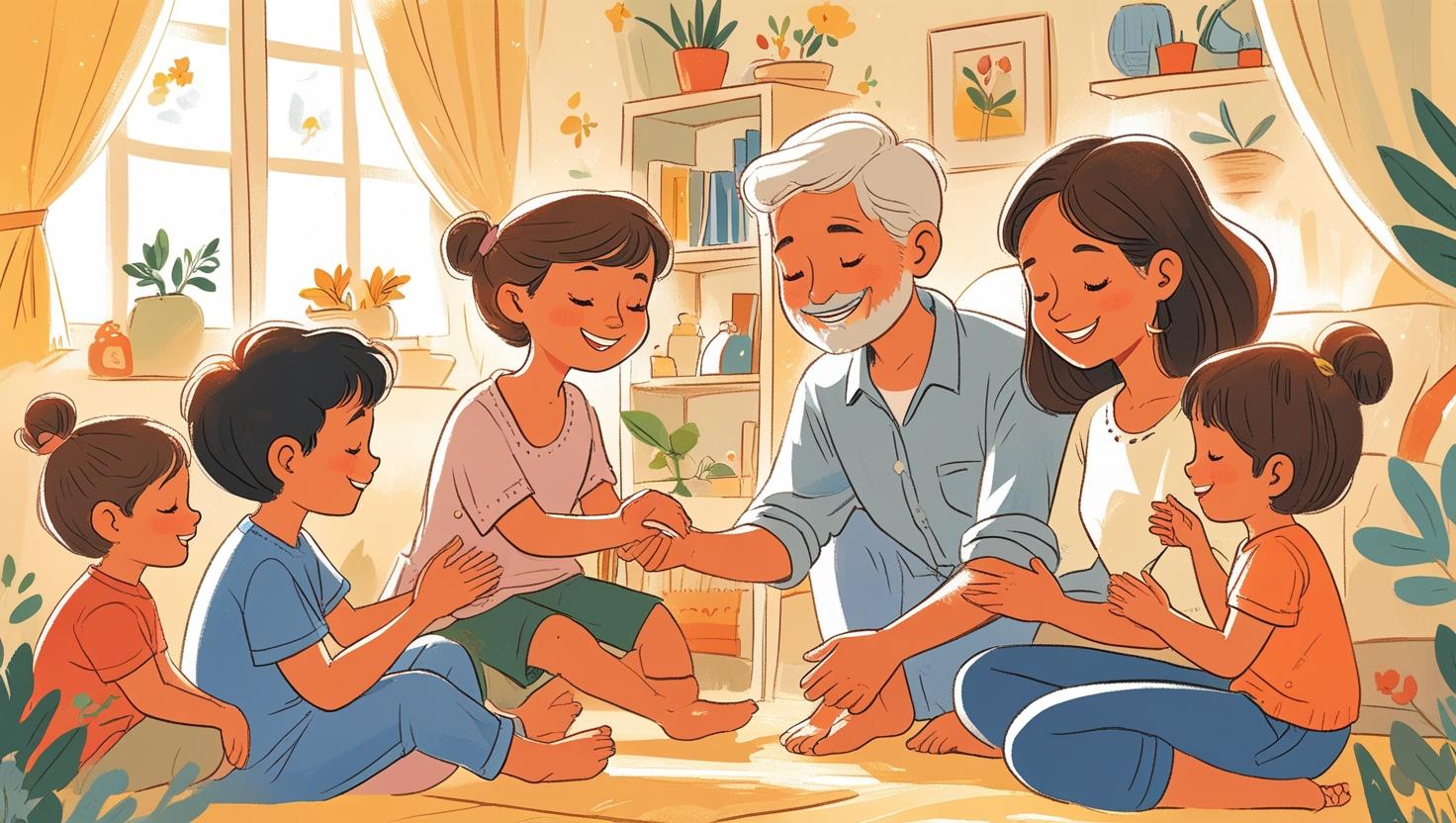
Why There Should Be a Healer in Every House
In every ancient village, beneath every roof of thatched straw or stone, there was someone who knew.
Knew how to whisper to pain.
Knew how to calm the storm behind a child’s fevered brow.
Knew that sometimes, healing wasn’t medicine—it was presence.
That someone was the healer.We’ve traded those sacred roles for pills, panic, and quick fixes. But the body still speaks in symbols. The soul still aches in silence. And the spirit still cries out for balance.
That’s why, now more than ever, there should be a healer in every single home.1. Emotional First Aid is as vital as Physical First Aid
We teach our kids to call 911, but do we teach them what to do with heartbreak?
With shame? With suppressed anger?
A healer in the house can guide emotional hygiene the way a parent guides brushing teeth.
Because energy blocks form before diseases do.
Prevention is energetic.Imagine—what if instead of only rushing to the hospital, we sat together in silence and cleared old pain through breath, intention, and energy?
No drama. Just deep, sacred self-work.
2. Every Family Has Wounds. Healing Can’t Be Outsourced.
Generational trauma isn’t healed by ignoring it.
Families pass down not just recipes and heirlooms—but guilt, shame, beliefs that bind.
When there’s a healer in the home—someone trained in EFT, Ho’oponopono, Reiki, or simply the sacred art of listening—those patterns start to shift.
We stop saying, “It runs in the family,” and start saying, “It stopped with me.”A healer doesn’t fix others.
They hold space. They clean.
3. In Times of Crisis, the World Needs Calm Anchors
When grief hits like a tsunami or illness visits uninvited, a healer becomes the anchor in the storm.
Not a guru.
Not a miracle worker.
But someone who remembers—how to return to zero, how to center breath, how to create stillness when chaos takes over.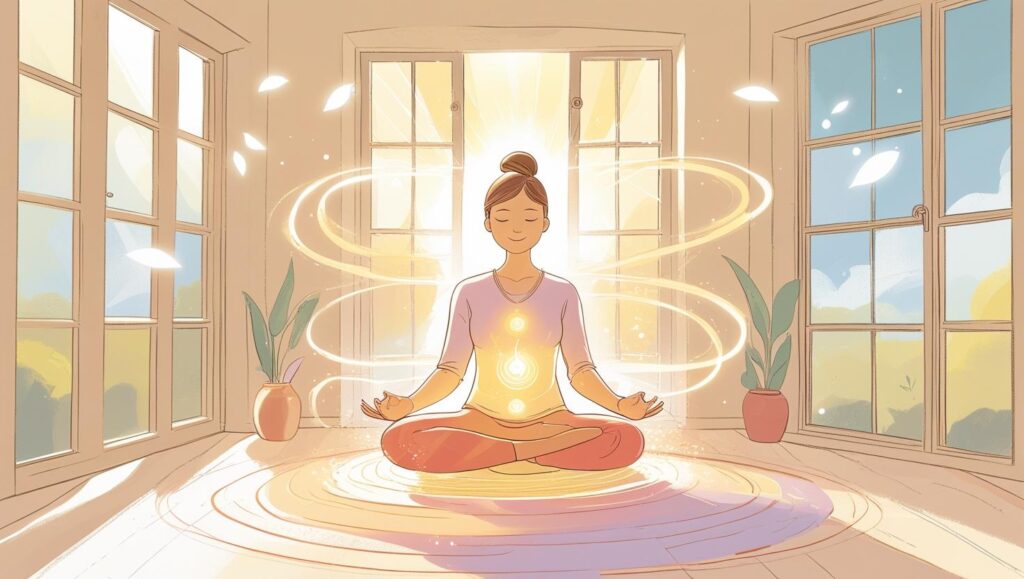
And every home deserves that person.
Not because life will always be smooth, but because we all deserve tools to ride the waves.
4. Healing is an Act of Power, Not Weakness
We’ve been taught to muscle through, to hustle, to medicate and move on.
But true strength is being able to pause, look inward, and clear the clutter.A healer in the home reminds everyone:
🌀 Feeling is healing.
🌀 Stillness is medicine.
🌀 Energy is not mystical—it’s measurable and moveable.
5. Children Imitate What They See—Let Them Witness Self-Healing
What if our children saw us tapping through stress instead of screaming?
Cleansing with Ho’oponopono instead of blaming?
Holding crystals not as superstition but as symbols of intention?Kids copy what we model.
When healing becomes visible, it becomes normal.
Let them grow up knowing emotions are sacred signals—not things to suppress or fear.
6. Because One Family Can Shift the Energy of a Whole Community
You don’t need to wear robes or chant in caves.
You just need to care.
To listen deeply.
To practice daily.A single house that runs on love, energy awareness, and healing intention becomes a light tower.
Others notice. They get curious. They awaken.Healing is contagious like that.
And it always starts at home.So, Shouldn’t Every House Have a Healer?
Not just a therapist once a year.
Not just a doctor’s visit when things collapse.
But someone inside the home who can say:“Let’s sit. Let’s breathe. Let’s clean this energy together.”
That “someone” can be you.
Train. Learn. Awaken.
Because every home deserves the medicine of presence.
And the world needs millions of healers—starting with one per household. -
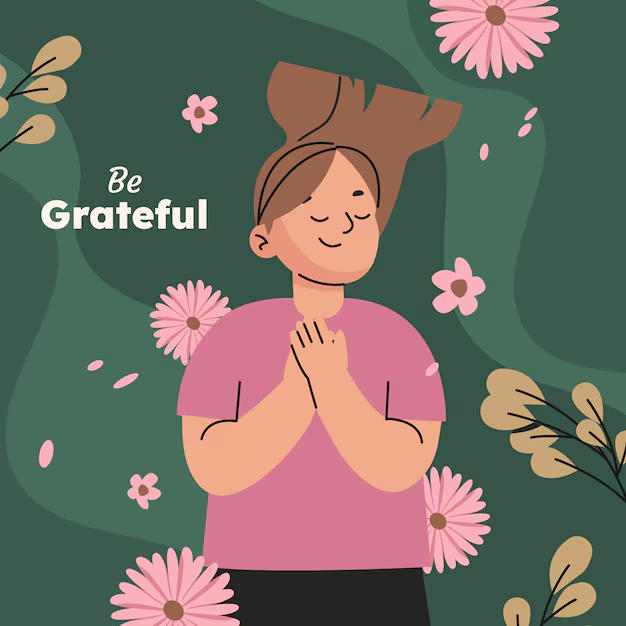
The Power of Gratitude: A Key to Unlocking Joy and Abundance
In a world that often seems consumed by hustle, stress, and the pursuit of more, gratitude emerges as a powerful antidote. While it may seem simple, the practice of gratitude has the potential to transform not only our mindset but also our overall quality of life. Let’s dive into what makes gratitude such a transformative force and how you can incorporate it into your daily routine to unlock joy and abundance.
What Is Gratitude?
Gratitude is the act of acknowledging and appreciating the good things in life, whether they are big or small. It’s a state of being thankful for the people, opportunities, and experiences that enrich your journey. But gratitude isn’t just about saying “thank you”; it’s about feeling it deeply in your heart and allowing it to shift your perspective.
The Science Behind Gratitude
Research has consistently shown that gratitude has profound effects on mental, emotional, and even physical health. Here are some key findings:
- Improved Mental Health: Gratitude reduces feelings of depression and anxiety by rewiring the brain to focus on positive aspects of life.
- Enhanced Relationships: Expressing gratitude strengthens bonds with loved ones and fosters deeper connections.
- Better Physical Health: Grateful individuals report fewer aches and pains, better sleep, and improved overall health.
- Increased Resilience: Practicing gratitude can help people cope with stress and recover from challenges more effectively.
The Ripple Effect of Gratitude
Gratitude doesn’t just benefit the individual; it creates a ripple effect that extends to others. When you express gratitude, you inspire those around you to feel valued and appreciated. This, in turn, creates a more positive and supportive environment for everyone.
How to Cultivate Gratitude
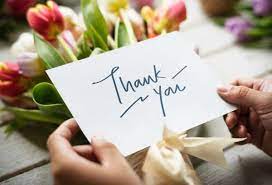

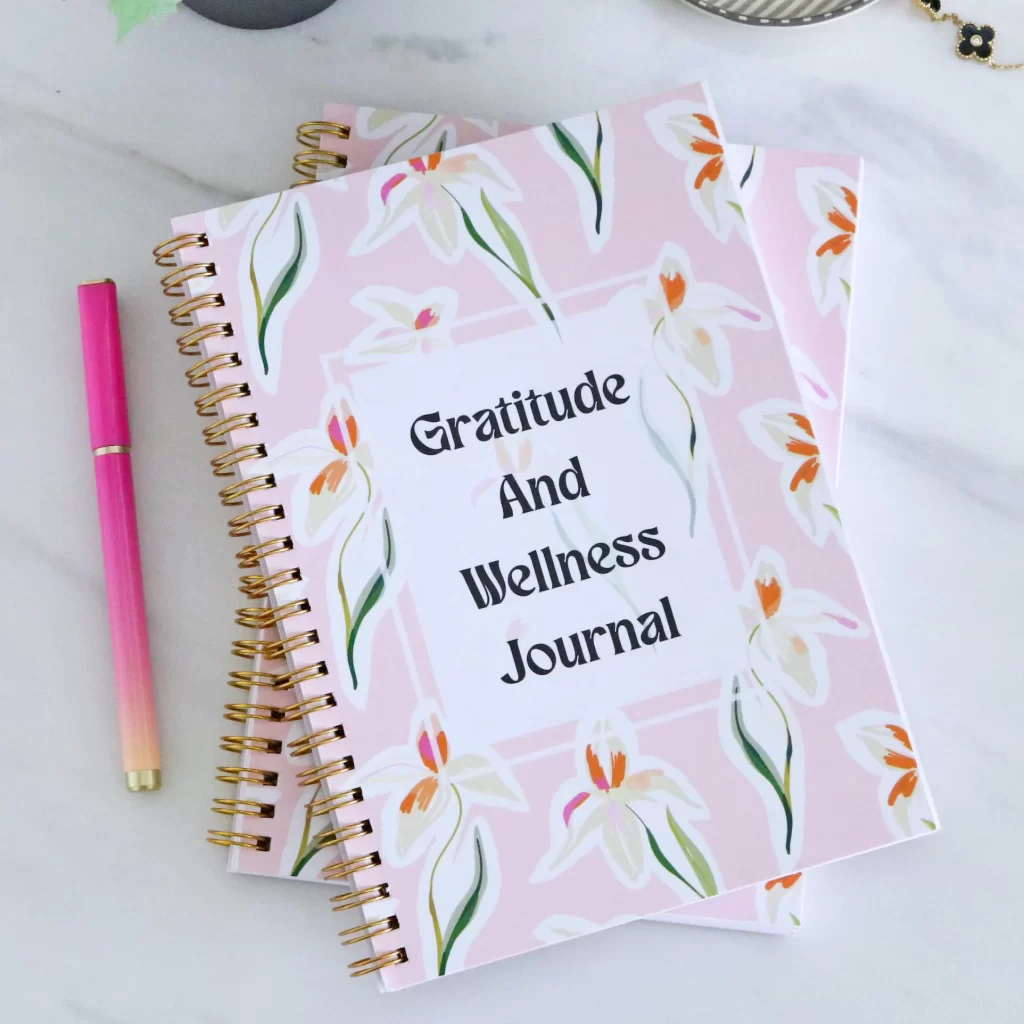
Building a habit of gratitude doesn’t require drastic changes to your lifestyle. Here are some simple yet powerful ways to integrate gratitude into your daily life:
- Start a Gratitude Journal: Each day, write down three things you’re grateful for. They can be as simple as a good cup of coffee or as profound as a meaningful conversation.
- Practice Mindfulness: Take a moment to pause and reflect on the present. Notice the beauty of nature, the kindness of a stranger, or the laughter of a friend.
- Express Gratitude to Others: Take the time to thank people who have made a difference in your life. A heartfelt note, text, or verbal acknowledgment can make their day and deepen your bond.
- Incorporate Gratitude into Meditation: Spend a few minutes during your meditation focusing on the things you appreciate. Let the feelings of gratitude fill your heart.
https://youtu.be/6MqHsdffJEQ
https://youtu.be/CZVv0ZagG0U
https://youtu.be/q6OFClP0t5A - Focus on Solutions, Not Problems: Even in challenging times, look for the silver lining. Gratitude helps shift your focus from what’s wrong to what’s right.
Transforming Challenges into Opportunities
Gratitude doesn’t mean ignoring life’s difficulties. Instead, it empowers you to see challenges as opportunities for growth. By finding lessons in setbacks, you cultivate resilience and open yourself to greater possibilities.
The Abundance Mindset
Gratitude shifts your focus from scarcity to abundance. When you’re thankful for what you have, you attract more positivity and opportunities into your life. This abundance mindset isn’t just about material wealth; it’s about feeling fulfilled, content, and at peace.
Final Thoughts
The power of gratitude lies in its simplicity and accessibility. It’s a practice that anyone can adopt, regardless of circumstances. By focusing on the blessings in your life, you create space for more joy, abundance, and meaningful connections. Start today, and watch as gratitude transforms your life one moment at a time.
-
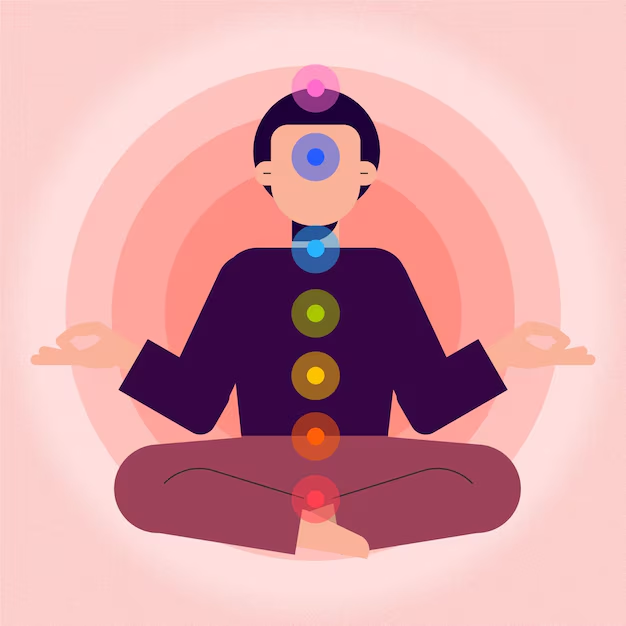
Understanding Energy Healing Principles
Energy healing is a holistic approach that focuses on rebalancing the body’s energy systems to promote overall well-being. This practice believe that everything, including our bodies, made up of energy and its smooth flow in the body is important.
Imagine your body as a network of interconnected pathways through which energy flows. When these pathways are obstructed or congested, it can lead to discomfort or illness. So, imbalance of energy flow create blockages which can manifest as physical or emotional ailments. By removing blockages and imbalances within the body’s energy field, energy healing aims to restore harmony and vitality.
Through various techniques , practitioners work to realign and clear these energetic blockages which :
- Balances the body’s energy
- Increase Vitality
- Increase self healing capacity of the body
- Addresses physical and emotional issues
The Core Beliefs Behind Energy Healing
Central to energy healing is the belief in the existence of an invisible life force that sustains all living beings. This life force goes by different names across cultures—Qi in Chinese medicine, Prana in Ayurveda—but its essence remains constant: it animates us at a fundamental level. Practitioners harness this universal life force during sessions to facilitate healing processes within individuals.
The principles underpinning energy healing underscore the interconnectedness between mind, body, and spirit. By balancing chakras, practitioners seek to enhance one’s overall health and vitality.
- Belief in universal life force
- Emphasis on mind-body-spirit connection
- Uses interventions like chakra balancing and meridians
The Science Behind Energy Healing
Energy as the Foundation
Energy healing is based on the concept that everything, including our bodies, is composed of energy. Scientific research has demonstrated that energy healing methods can significantly improve both physical and emotional well-being. By interacting with the body’s electromagnetic field, energy-healing techniques stimulate self-healing mechanisms.
Energy flows through our bodies in various systems and pathways known as energy systems. These systems are crucial for maintaining overall health and balance.
Impact on Physical Health
Energy healing concept is based on chakras and energy flow. Once this flow is balanced, we have impact of proper flow of energy on every organ of our body. Studies have shown that patients undergoing cancer treatment or chronic ailments who received energy healing reported reduced pain levels and improved quality of life. This highlights how working with subtle energies can complement traditional medical approaches.
Pros:
- Enhances overall well-being.
- Complements conventional medicine.
- Helps is faster recovery from flu, infections and any other temporary health issues
Cons:
- Lack of scientific consensus.
- Not a replacement for medical treatment when necessary.
Impact on Emotional Health
In addition to physical health benefits, energy healing also plays a vital role in improving emotional well-being. it helps to balance emotions within the body, promoting relaxation, reducing stress levels, and enhancing mental clarity.
- Helps to get rid of depression, anxiety and other emotional issues
- Reduces stress level which prevents from various connected physical issues
- Helps in removing past traumas
-
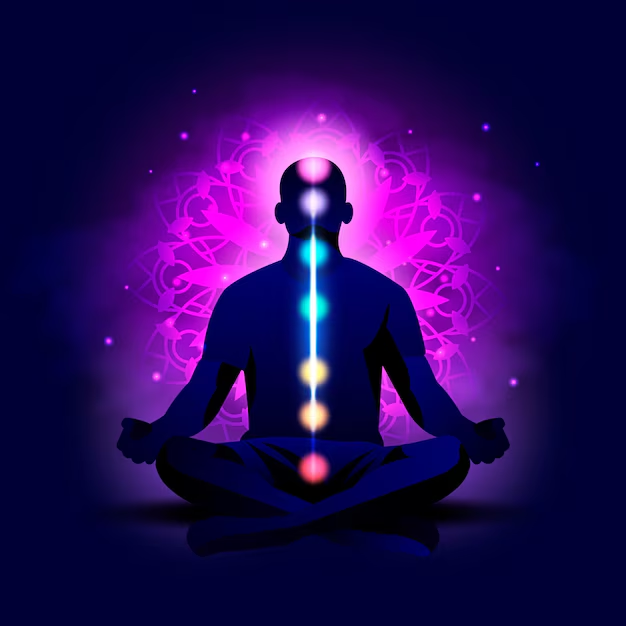
What is Energy Healing
Energy healing is a holistic practice that aligns and balances the mind, body, and soul by channeling and restoring the flow of life force energy. It operates on the principle that imbalances or blockages in the energy field—caused by stress, trauma, or negative emotions—disrupt overall well-being.
By harmonizing this energy, it fosters the mind-body-soul connection, promoting physical, emotional, and spiritual healing.
Various forms of energy healing include:
- Spiritual Healing: Using divine energy to heal and uplift.
- Reiki: Channeling universal energy for physical and emotional healing.
- Pranic Healing: Cleansing and energizing the aura and chakras.
- Crystal Healing: Balancing energy with the vibrations of crystals.
- Chakra Balancing: Aligning and activating energy centers.
- Quantum Healing: Using focused intention and energy at a quantum level.
- Ho’oponopono: Cleansing emotional and energetic imbalances through forgiveness.
- EFT (Emotional Freedom Technique): Tapping on meridian points to release energetic blocks.
- Sound Healing: Using vibrations from sounds or music to harmonize energy.
- Distance Healing: Channeling energy remotely for healing.
- Shamanic Healing: Utilizing ancient rituals to restore spiritual and energetic health.
By addressing energetic imbalances, energy healing fosters natural healing, enhances self-awareness, and deepens the connection to one’s inner self and the universe.
4o
-

Transforming Pain into Joy: The Magic of Accepting Our Emotions
Life has a way of circling back to teach us the lessons we need most. Just a few months ago, I was reminded of a really powerful of truth I sometimes forget—a truth about what truly leads to a life of joy and ease. (Spoiler alert: it’s not the high-paying job, the house, the perfectly behaving kids, or the husband or wife; it’s not about the external stuff at all). It’s about something far simpler, yet infinitely profound.
A Morning of Renewed Clarity
It was a Spring morning. After a challenging start to the day, I settled onto my yoga mat, already feeling the weight of the world pressing down. As I closed my eyes and took a few mindful breaths, something remarkable happened. My emotions began to surface, and for once, I allowed them to be there without trying to push them away. No resistance, no judgment—just presence.
What followed immediately was one of those “Aha” moments! Bells ringing and choirs singing, alerting me to something important… to a deep, familiar truth. Sure, my mood could be better; but, it had felt so much worse because a part of me was judging what I was feeling as bad! And without the voice of judgment labeling my feelings as “bad,” I felt an unexpected sense of peace, perhaps even a hint of contentment. The relief washed over me, reminding me that it’s not our feelings or emotions that cause suffering, but our judgment or resistance to them. In other words, when we stop fighting our emotions, they lose their grip on us.
-

Lessons in Love: What My Best Friend Taught Me About Great Relationships
Life is a journey, and relationships—whether platonic or romantic—are a big part of that journey. But let’s be real: maintaining healthy, fulfilling relationships isn’t something most of us were taught growing up. I know I wasn’t.
For the past five plus years, my best friend and I have been having bi-weekly conversations that have radically changed the way I approach my relationships. Whether we’re discussing my life or hers, we dive deep, exploring the ins and outs of what it means to connect meaningfully with other people when us and them bring our own thoughts, feelings, conditionings, perspectives, and awarenesses. And let me tell you, through our shared experiences and reflections, those talks have done wonders not just for our friendship, but for every relationship in my and her life. Honest conversations, not surprisingly, help you identify patterns and areas for improvement, and if we’re willing to learn and evolve along the way, they lead to growth.
